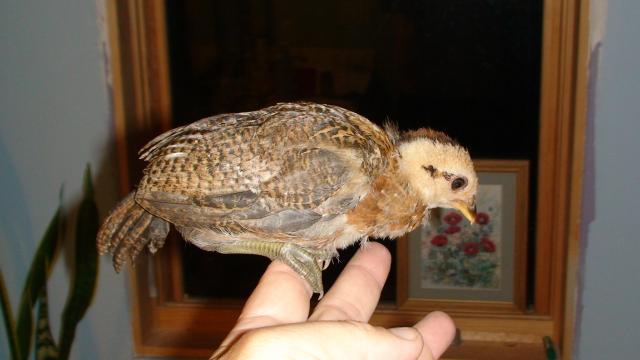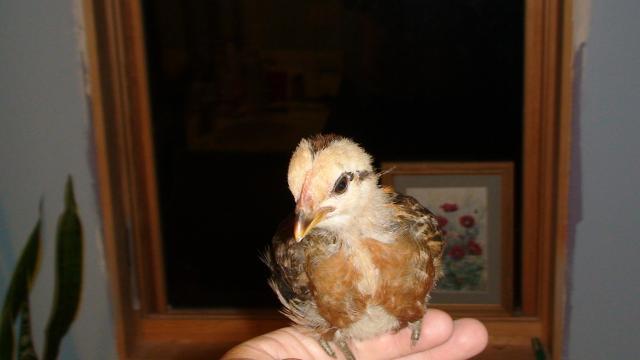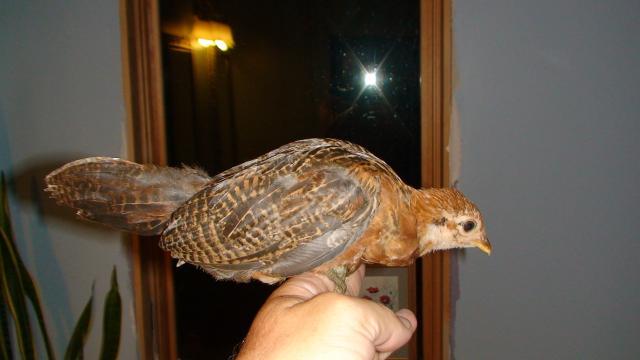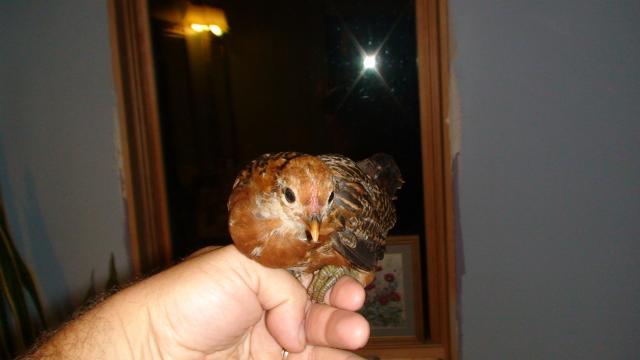perchie.girl.
I could easily have walked a couple hundred feet to west and photographed a flock of 100+ juvenile through young adult dominques terrorizing the grasshopper population.
We have not infused new blood since late 1970's to early 1980's although I am looking carefully to introduce some potential new blood to be evaluated with test matings before actually folded into overall breeding populartions genetic mix. Other than with problems with novel parasites from a new location, I see no evidence for inbreeding. I have a much larger population / flock that is involved with this project.
To keep in context, the front porch flock is simply a free ranging sub-flock maintained for this observational experiment some distance from the "cockyard". The bulk of my birds and virtually all the genetic variation is in the cockyard or on walks (free-ranging flocks at other discrete locations) where observations of this detail not possibly since I have a day job. The front porch flock of a single rooster and presently two hens could be maintained for possibly 10 years using same adult birds. I will likely retire Eduardo and Sallie following molt to a more secure breeding pen in "cockhouse" . They will be used as teaching tools long after they loose ability to evade Mr. Fox. Cockhouse is located near center of property where dog has greatest defensive effect. Normally 3/4 of the juveniles would be hitting frying pan, virtually all females do, with remaining males kept until 18 months of age for further scruteny. With this bunch, I will pull out stags and pullets, pair them with unrelated (different line games with obvious genetic markers-color patterns that are dominant) culls and attempt to establish other subflocks on a 6 acre pasture / meadow area, with each pair centered on a constructed remote roost. I want to observe dispersal patterns of juveniles between family groups. I think, despite using games for this, discrete territories can be maintained where adult males will avoid direct contact through displays like red jungle fowl do. The males are kind of like male cardinals when squabling over territory boundaries, usually without physical contact.
The offspring of the front porch flock that does not have wing bands will be re-homed to interested parties once I make photographs of combs. Most of those will be red jungle fowl x American game. Red jungle hen will also be let go, this year is only year hybridization risk to be tolerated. I did not intend to be so long winded.











